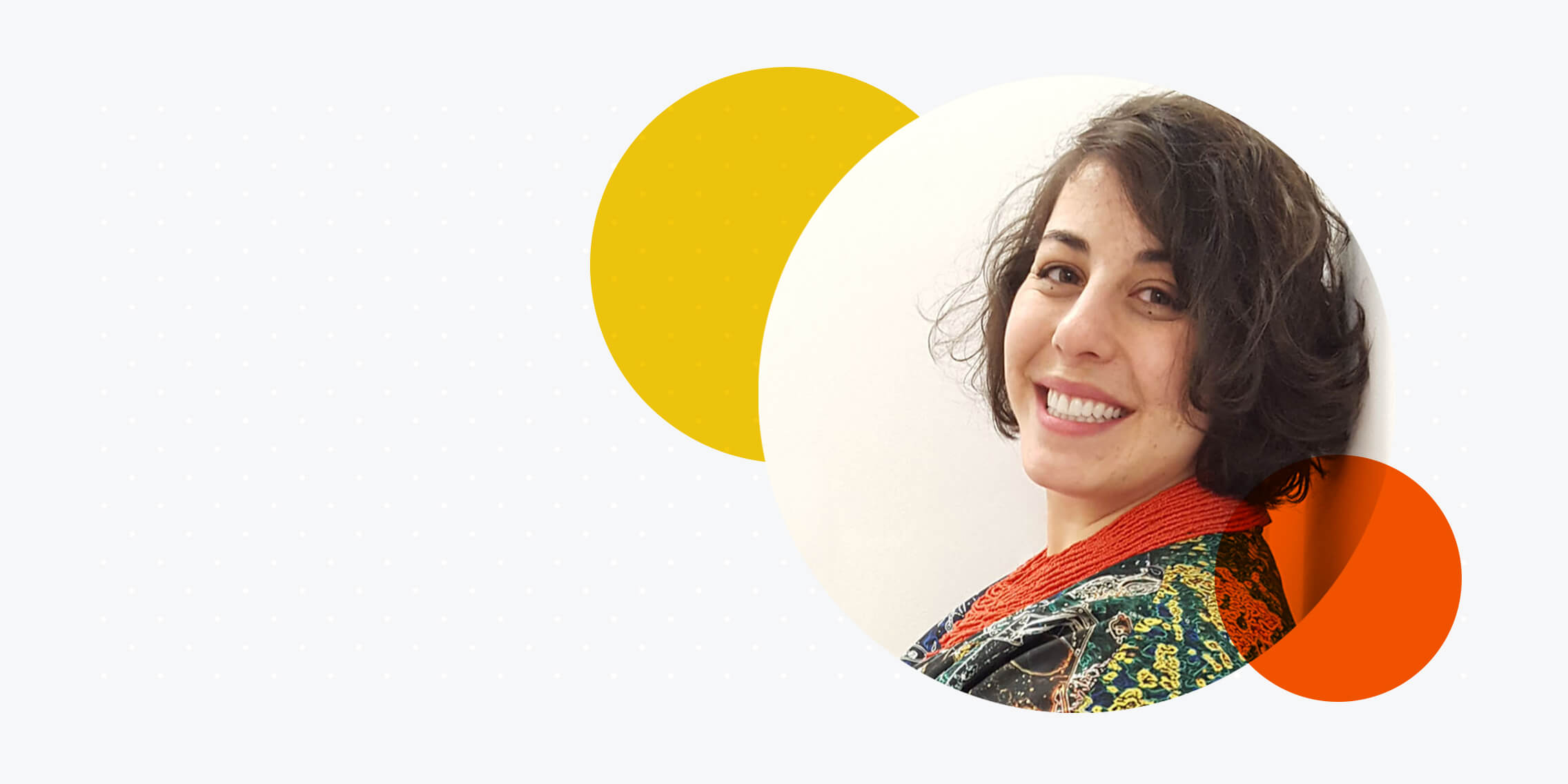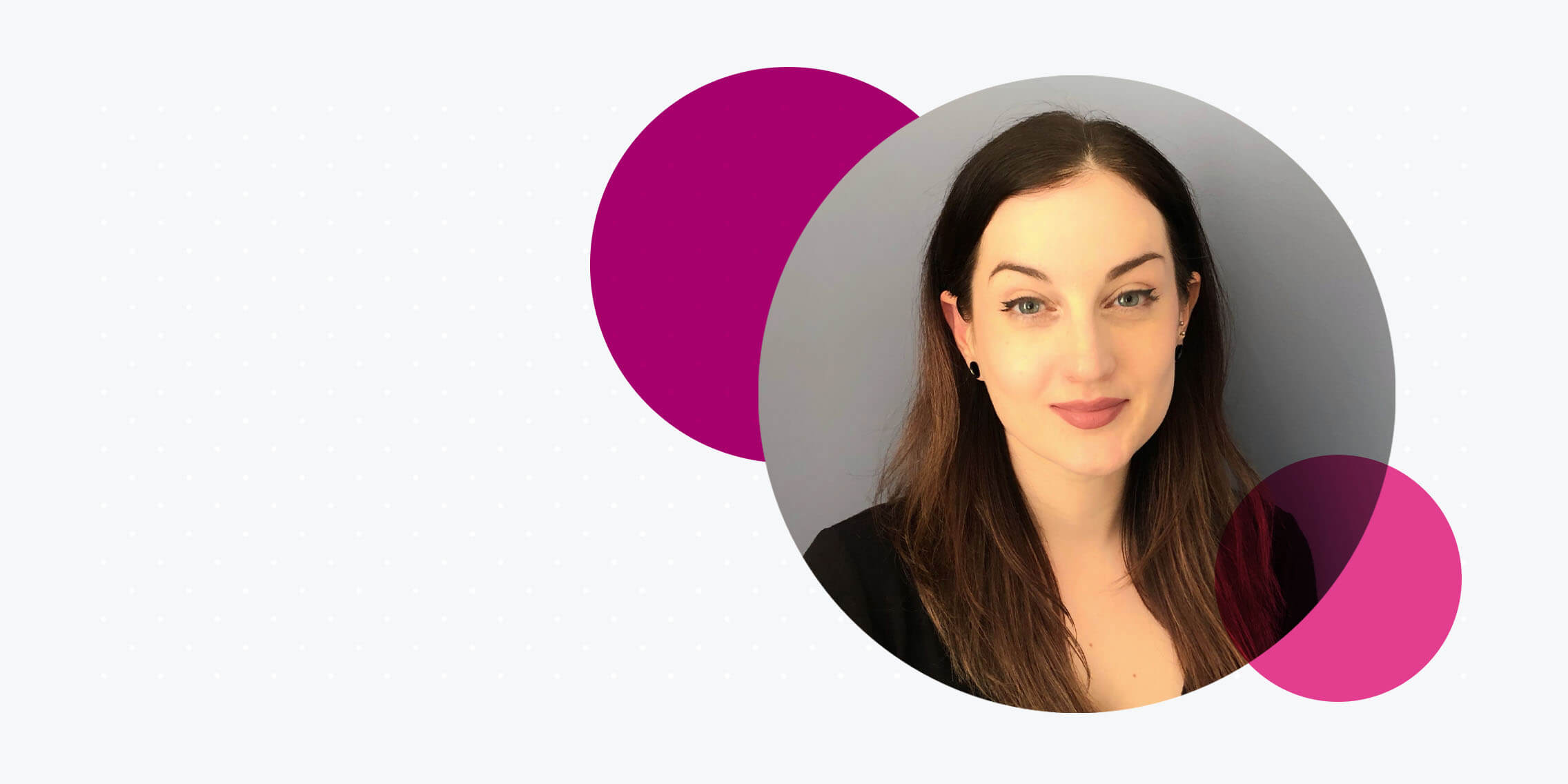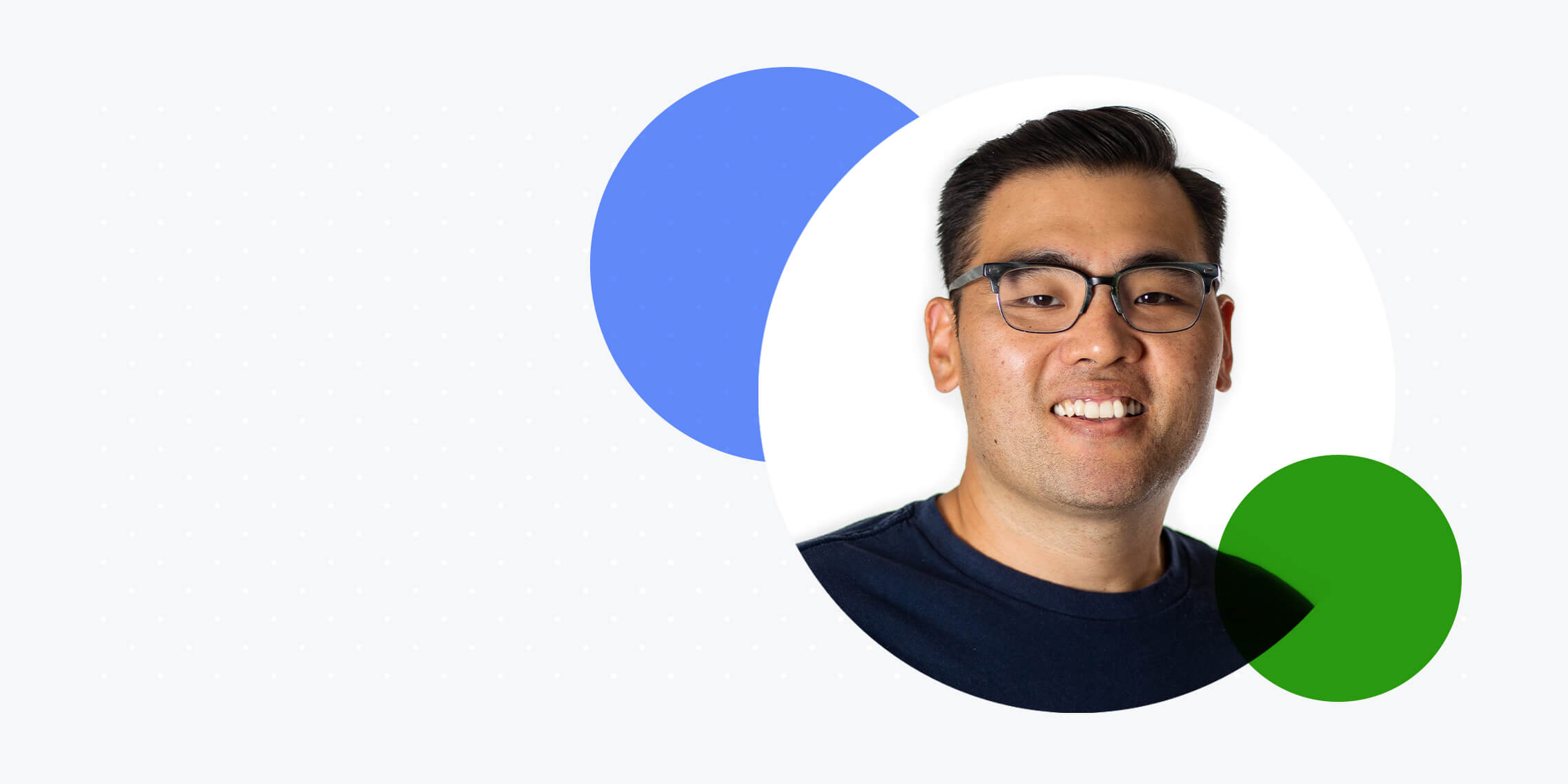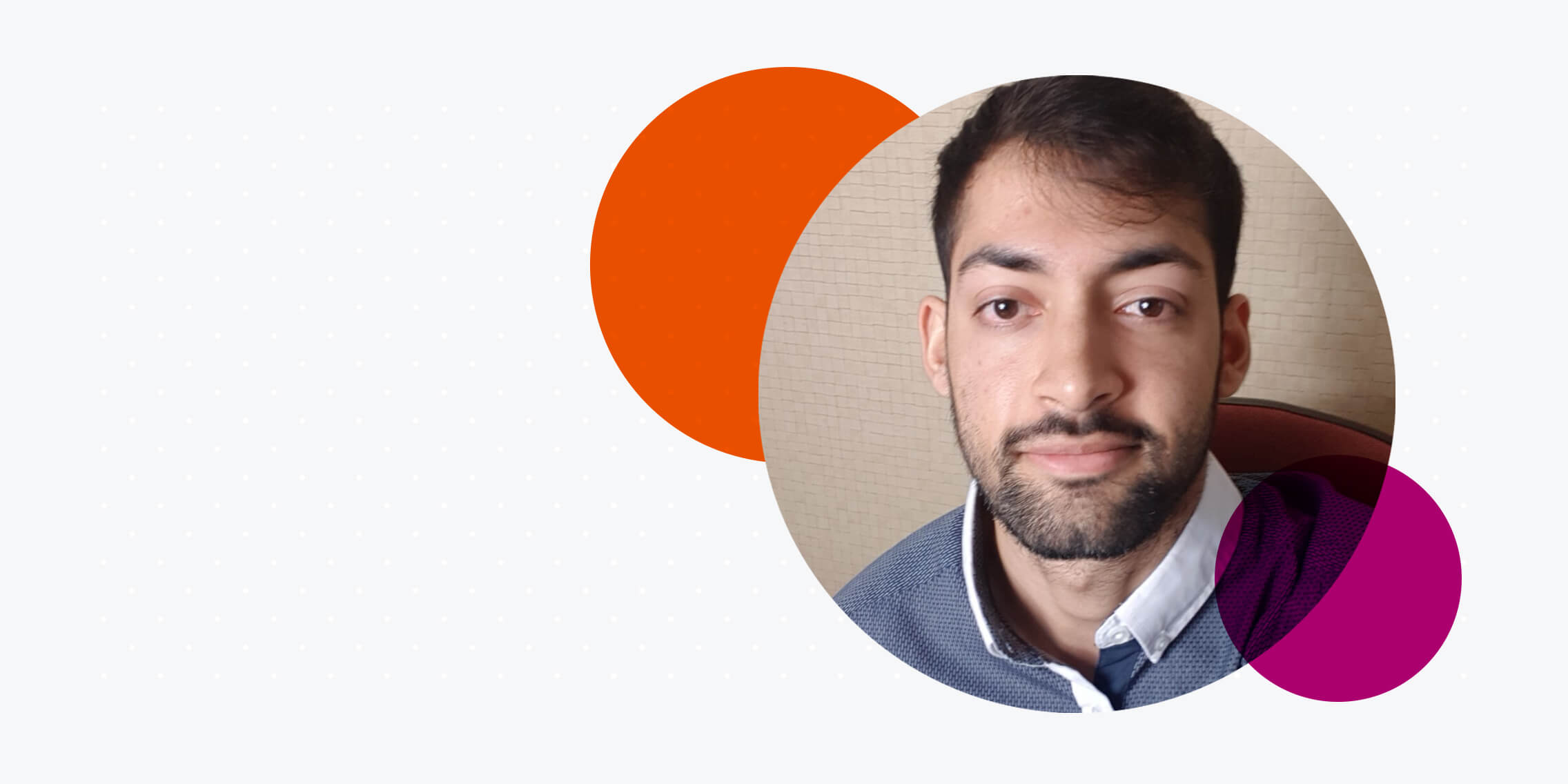Ana landed her first UX design role two weeks after posting her diploma on LinkedIn.
Her post attracted a lot of attention from interested recruiters. However, one prestigious job opportunity stood out above the rest.
She told us how our Professional Diploma gave her the training she needed to begin her move from industrial design to UX with the federal government of Canada.
What’s your career background?
My background is in industrial, product and physical design. When I was employed as an industrial designer, I had mixed feelings about product design because I’m an environmentalist. I didn’t want to create products that physically harmed the planet.
After I realised this, I started a sustainable fashion business with my husband. I worked in customer support at the same time to pay my bills.
Why did UX appeal to you?
Being an entrepreneur you have to do everything, from creating and managing your website to marketing. I came across UX while working on our website’s eCommerce. I thought there could be a better way to do this.
We used a website builder but everything is prebuilt on these platforms. We wanted to have creative freedom on our brand’s website. After researching how to change this, I found UX. I felt like if I knew how to do UX design, it could help have more control over our website’s design.
What research did you do into different UX courses?
After I decided to study UX, I started my research on LinkedIn. I looked at tech companies, I examined who their UX design employees were and took note of where they studied. That’s how I came across the UX Design Institute.
The Professional Diploma is all you need for starting a career in UX design. It gives you the skills you need for a job, skills which you can continue to grow professionally.
It’s also credit-rated from a university (unlike other UX schools out there). You don’t have to invest a year or two to study full-time either.
I felt like I didn’t have to start from zero.
I read the student success stories. I talked to the advisors too and they were really helpful. I decided to just go for it!
What was the course content like?
The course content was very direct and on point. You really learn the exact skills you need to grow in a job.
You can have a big presence on the course and webinars or you can just focus on it in your own time. That’s what I liked, I liked having the freedom to learn. I was studying on the weekends in my own time when I wanted to. The Professional Diploma never felt like a heavy part of my life. It was always fun.
I really enjoyed affinity diagrams because it’s an exercise where you can share your research and ideas with others. It was kind of hard to do remotely because I found it hard to find people to participate in it. But, that was a good challenge for me as you’ll have these challenges in a job too.
How did you find the level of support during your studies?
It was excellent. Aoife (the student success manager) was great, she was super supportive on Slack.
The Slack channel is amazing, everyone is deep in conversation about UX and helping each other. There were many channels on the Slack group that Aoife recommended joining too.
I really felt this sense of alumni unification, you really feel part of a group.
What was the job hunt like?
Funny story – I didn’t hunt for anything! They contacted me. After posting my diploma on LinkedIn, recruiters were coming up to me. I was a bit overwhelmed!
I guess there’s a huge gap in Canada for UX designers, many companies are trying to fill it. I’ve found that many don’t really know what UX is, as they think UX and UI are the same thing.
A distant connection on LinkedIn saw my post and asked if I could send them my portfolio. I didn’t even have a portfolio at the time because it was only 15 days since I completed my course. I thought I had nothing to lose by sending my actual course projects.
After 2 weeks, the director for one of the projects at the federal government of Canada called me. They said, “we’re looking for a UX designer, it’s a great opportunity. We saw your projects and we think you can help us. What do you think?”.
They sent me all these documents for background checks and fingerprinting – and I got hired! At the end of the day, the course diploma is a piece of paper, but the fact that it’s credit-rated from an actual university was extremely valuable for my employer.
Can you describe your current job?
I’m the only UX designer at the federal government of Canada. I’ve been there for 2 months. Everyone else is a developer or programmer here.
I have many new challenges because it’s my first UX design job and I’m trying to figure out everything, but I’m finding my way. I’m trying to apply everything I’ve learnt in the course to the right circumstances.
Sometimes it’s challenging to apply exactly what you’ve learnt, as it can be a bit different in reality. It’s going well overall though. I’m going with the flow and learning how to talk to other teams. We’re also working remotely due to Covid so it’s hard to know who anyone is. I love working remotely though.
My first project was directly in response Covid. The Canadian government created this fund to give financial support to the arts. They built a portal so creatives could apply for funding. My first project was to analyse this portal. I did usability testing, affinity diagramming and created customer journey maps. I felt super powerful and professional.
Would you recommend the Professional Diploma in UX Design?
Absolutely. I don’t think you need a specific background to study or do UX design. As long as you’re interested in helping others by building something, and you enjoy embracing new technologies and challenges, I think it’s a good area for you. I think any analytical and curious person would enjoy it.
What advice would you give to someone who’s considering taking the course?
Take the course and publish your diploma online. The UX Design Institute encourages graduates to publish their diploma on LinkedIn. I was a bit sceptical about that, but I did it anyway. And I’m so happy I did!
My post received a lot of engagement. When people ask for my advice my normal response to them is: “What are you going to lose? You’re going to gain new skills and that’s it. It’s not about money, it’s about growing as a person. It’s a challenge, but when you overcome a challenge you grow. Don’t let fear stop you.”




